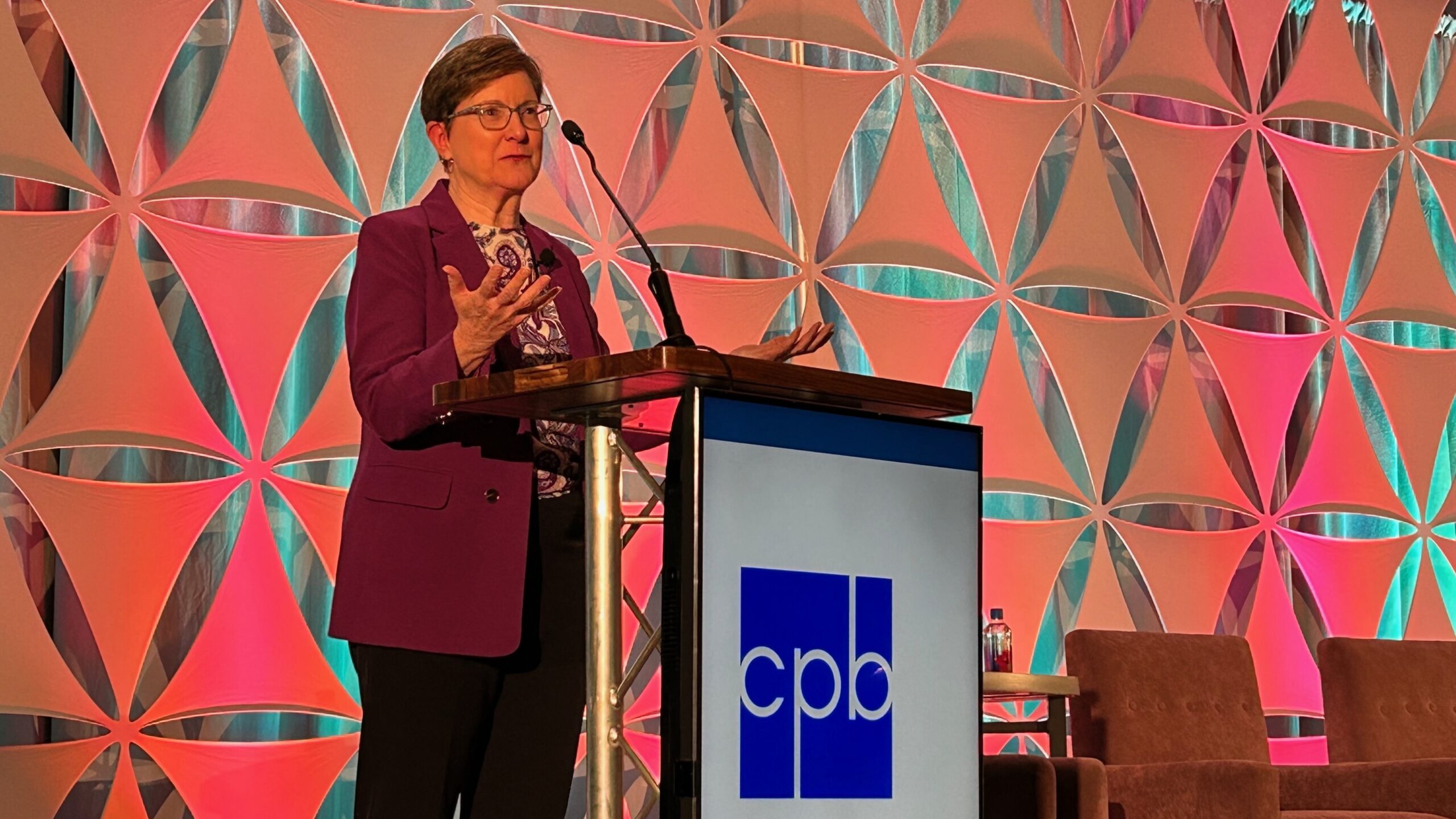KQED lays off 20 staffers as federal aid dries up
KQED in San Francisco has laid off more than 5% of its workforce and reduced hours for additional employees because of financial uncertainty caused by the pandemic, CEO Michael Isip told staff Monday in an email.
The station has seen a “sharp decline” in corporate sponsorship revenue since March, Isip said in the email. Membership support has held steady during the pandemic, with major giving and foundation support increasing slightly. But the station is facing a $7.1 million budget gap in the next fiscal year starting Oct. 1, according to spokesperson Peter Cavagnaro.
“The decline in corporate sponsorship revenue will continue well into 2021,” Isip said. “What’s different looking ahead is that we anticipate membership revenue to also decline, and we won’t have access to a PPP loan to bridge any gap.”
The station received a Paycheck Protection Program loan of $8.1 million in April “to help cover payroll for three months; that resource has now ended, but the pandemic has not and financial uncertainty has turned to financial reality,” Isip said.
The majority of the layoffs affected staff in administration and in revenue-focused departments such as corporate support, development and membership, Cavagnaro said. Four journalists were affected by the cuts, including a full-time and part-time journalist and two limited-term employees.
Polly Stryker, an editor on the science desk, tweeted that she was among the journalists affected.
“These changes were spread more deeply and more intensely in other areas of the institution for the express purpose to protect our journalists and their work and ensure we made no programming cuts,” Cavagnaro said. “Our commitment to quality science coverage, programming and local service journalism has not and will not change.”
The layoffs and hour cuts affected 12% of administration staff, 11% of revenue staff and 4.5% of content staff, Cavagnaro said.
A KQED news article first reported news of the layoffs Monday.
The station has also implemented eight furlough days for non-essential staff, eliminated salary increases and a retirement match, and cut pay for senior leadership.
“This is a time like no other and circumstances we could not have predicted,” Isip said. “We’re all hurting today and I feel deeply for the staff we’ve had to let go.”





